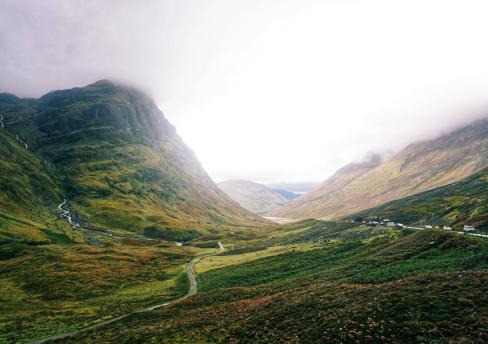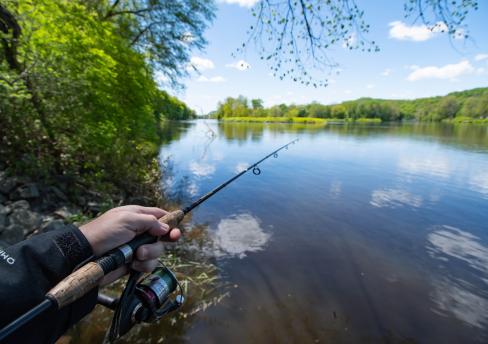From planting to felling, a cycle of forestry can take between 30 to 150 years. However, if you have the patience and carefully choose the time to sell, then forestry can prove to be a beneficial investment, and in some cases money really can grow on trees!
I spoke with Simon Hart, Business Development Manager at Crieff based RTS Forestry, who gave his view on the current market.
Why invest in forestry in Scotland?
When growth of an asset class is driven economically, politically and environmentally then it becomes popular. That is the case with forestry in Scotland. Simon notes that "the global demand for timber is predicted to increase three-fold by the World Wildlife Fund (WWF) by 2050". Conversely, in 2019, the total value of wood products imported to the UK was £8.3 billion, reflecting around an 80% importation rate. There has been a clear push from the government to increase our timber production at home and reduce the reliance on imports.
Simon tells us that at the moment 'forestry is in a great position with a strong policy environment, largely driven by climate change concerns, and strong forest economics. The bounce back from Covid-19 has been rapid with timber prices probably now above pre-lockdown levels.'
In 2019 the Scottish Government produced a Strategy for Scotland's Forestry with a 50 year vision and a 10-year framework for action. This focuses on three objectives: to increase the contribution of forestry and woodland to Scotland's economic growth; to improve the resilience of Scotland's forests and help to lead to a better quality of environment; and to increase the use of Scotland's forests and encourage more people to enjoy them.
Investor Benefits
Investing in forestry may appear daunting at first, but grants remain available for new and replacement planting, although professional assistance with these applications is essential. There is currently extremely beneficial tax treatment of commercial forestry ownership: there is no tax payable on timber sales, nor will an investor incur capital gains tax on the growing timber crop. Finally, any commercial woods are classed as Business Property, and therefore, subject to compliance with certain requirements, receive full relief from Inheritance Tax.
The Compound Annual Growth Rate for forestry assets between 2002 and 2019 averages at 12% per annum. Simon notes that "even a 10 hectare block could be worth as much as £250,000 at today's prices after 35 to 40 years". In the past 10 years the value of forestry has doubled, however, like any other investment, growth in value can never be completely guaranteed. Regardless, the opportunities for carbon sequestration are also growing rapidly and offer a cash incentive to landowners for performing an ecological service.
Simon concludes that, "forestry does not need to be on a large scale to be economic; it is no longer just for the rich and famous! With positive economics and Government commitment to expansion, forestry makes sense for a much wider range of land owners than in the past. It is no longer a case of sheep or trees, but sheep and trees."
Whether you own forestry, would like to acquire forestry assets or acquire land to establish a forest please contact Alistair Anderson at Morton Fraser and we can assist.
The content of this webpage is for information only and is not intended to be construed as legal advice and should not be treated as a substitute for specific advice. Morton Fraser LLP accepts no responsibility for the content of any third party website to which this webpage refers. Morton Fraser LLP is authorised and regulated by the Financial Conduct Authority.










